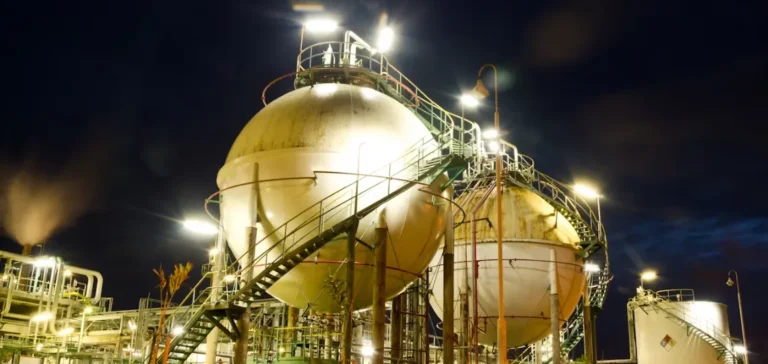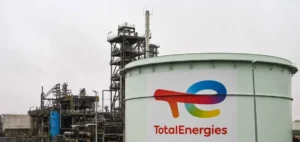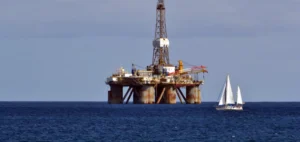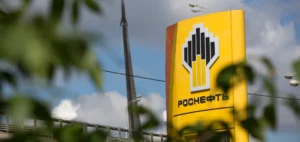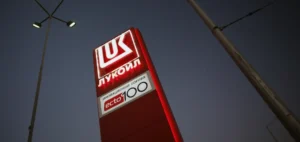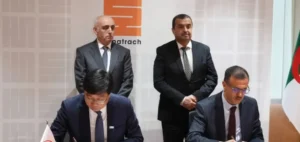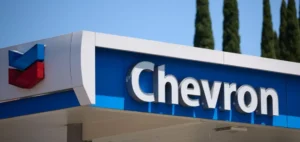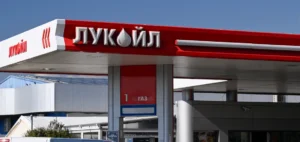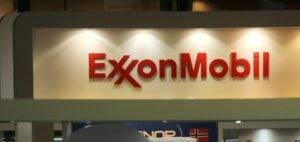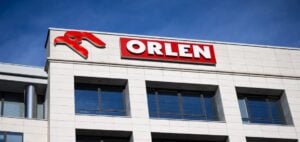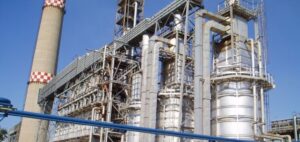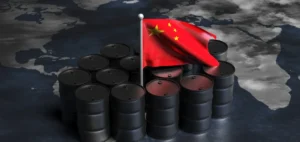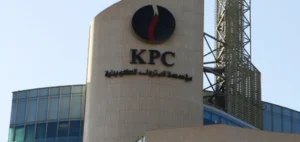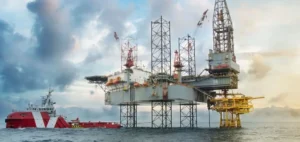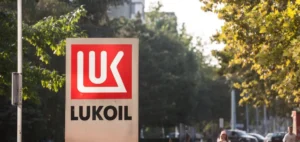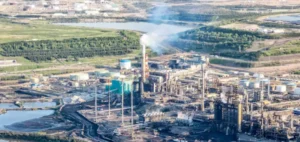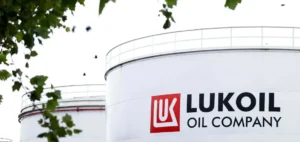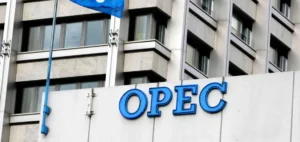The latest edition of OIES Oil Monthly, published in July 2025, maintains its Brent price forecast at 69 USD/b for 2025 and 67 USD/b for 2026. These forecasts remain unchanged from the previous month. The price increase observed in June, largely due to the Israel-Iran conflict, was partly offset by a rebound in fundamentals at the start of the third quarter of 2025, despite a reduction in geopolitical risks. The Organization of Petroleum Exporting Countries (OPEC) and its allies (OPEC+) have accelerated their return to pre-cut production levels.
The oil market remains in surplus by 280,000 barrels per day (kb/d) in 2025, a revision up of 230,000 kb/d from the previous assessment. This revision takes into account the adjustments to OPEC+ production, which is expected to reverse its production cuts more quickly than initially planned by September 2025. For the third quarter of 2025, a slight deficit of 110,000 kb/d is expected, before a trend reversal with a surplus of 290,000 kb/d in the fourth quarter of 2025.
Regarding global demand, OIES maintains a growth forecast of 1.1 million barrels per day (mb/d) for both 2025 and 2026. However, demand from OECD countries is expected to stabilize in 2025 before experiencing a slight decline in 2026, while in non-OECD countries, minor adjustments concerning demand from India and China should maintain stable demand growth at 1.1 mb/d.
Global oil production has been revised up by 220,000 kb/d for 2025, reaching 1.7 mb/d, following the upward revision of OPEC+ production. However, a downward revision has been made for 2026, with growth projections of 1.1 mb/d, reflecting a slowdown in production outside of the OPEC+ bloc.
Revision of OPEC+ and demand forecasts
OIES forecasts that OPEC+ producers will return to higher production levels earlier than expected, impacting their surplus projections for the coming years. Specifically, the reduction in production cuts will occur one year earlier than originally planned, by the end of the third quarter of 2025. OPEC+’s total production for 2025 is revised to 41.5 million barrels per day, an adjustment of 310,000 kb/d from earlier forecasts. This aligns with expectations of a gradual return to normal production volumes.
Impact on supply growth and petroleum product demand
OIES has also adjusted its supply growth forecast for 2025, revising OPEC+ production upwards and slightly lowering non-OPEC+ projections. In parallel, demand for petroleum products, notably middle distillates, is benefitting from a positive dynamic, largely driven by stronger-than-expected demand in OECD countries in the first half of 2025.


